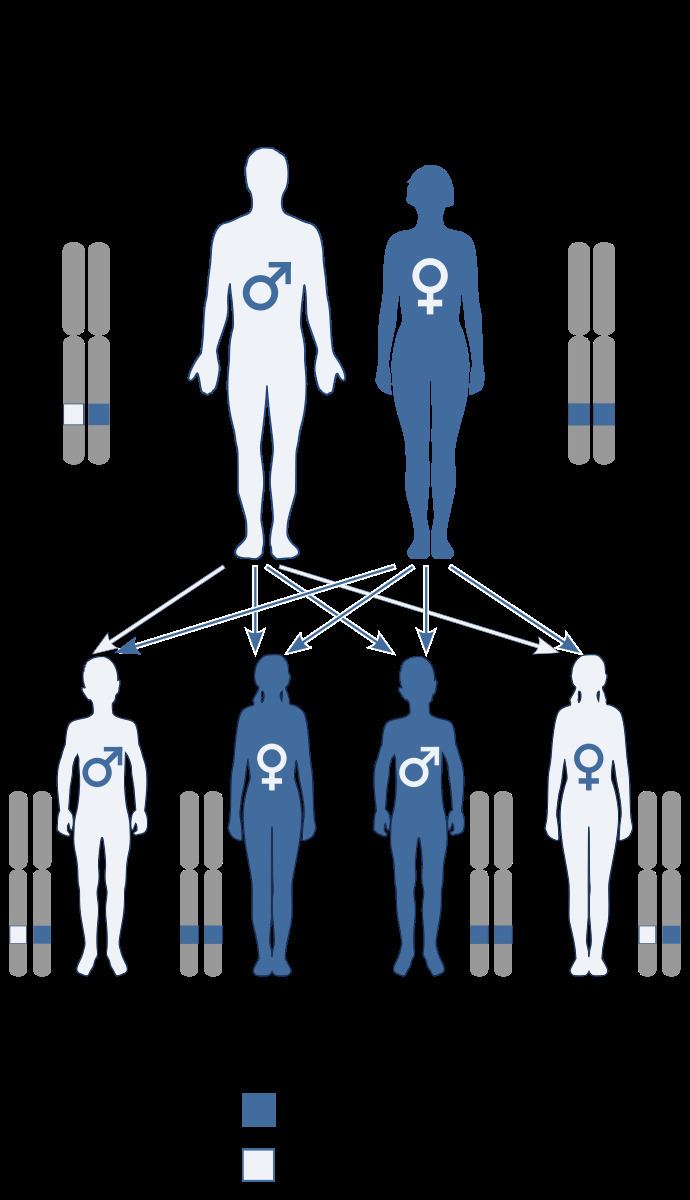Specialty medical genetics ICD-9-CM 756.89 DiseasesDB 33503 | OMIM 119500 | |
 | ||
Popliteal pterygium syndrome (PPS) is an inherited condition affecting the face, limbs, and genitalia. The syndrome goes by a number of names including the popliteal web syndrome and, more inclusively, the facio-genito-popliteal syndrome. The term PPS was coined by Gorlin et al.. in 1968 on the basis of the most unusual anomaly, the popliteal pterygium (a web behind the knee).
Contents
Clinical features
Clinical expressions of PPS are highly variable, but include the following:
Epidemiology
The diagnosis of PPS has been made in several ethnic groups, including Caucasian, Japanese, and sub-Saharan African. Males and females are equally likely to suffer from the syndrome. Since the disorder is very rare, its incidence rate is difficult to estimate, but is less than 1 in 10,000.
Genetics
The genetic locus for PPS was localized to chromosome 1 in 1999. The disorder is inherited in an autosomal dominant manner and is due to mutation of the IRF6 gene. Most reported cases are sporadic; advanced parental age is found in a number of these cases, suggesting new mutations.
The term PPS has also been used for two rare autosomal recessively inherited conditions: Lethal PPS and PPS with Ectodermal Dysplasia. Although both conditions feature a cleft lip/palate, syngnathia, and popliteal pterygium, they are clinically distinguishable from the autosomal dominant case. Lethal PPS is differentiated by microcephaly, corneal aplasia, ectropion, bony fusions, hypoplastic nose and absent thumbs, while PPS with Ectodermal Dysplasia is differentiated by woolly hair, brittle nails, ectodermal anomalies, and fissure of the sacral vertebrae.
Relationship to Van der Woude syndrome
Van der Woude syndrome (VDWS) and popliteal pterygium syndrome (PPS) are allelic variants of the same condition; that is, they are caused by different mutations of the same gene. PPS includes all the features of VDWS, plus popliteal pterygium, syngnathia, distinct toe/nail abnormality, syndactyly, and genito-urinary malformations.
